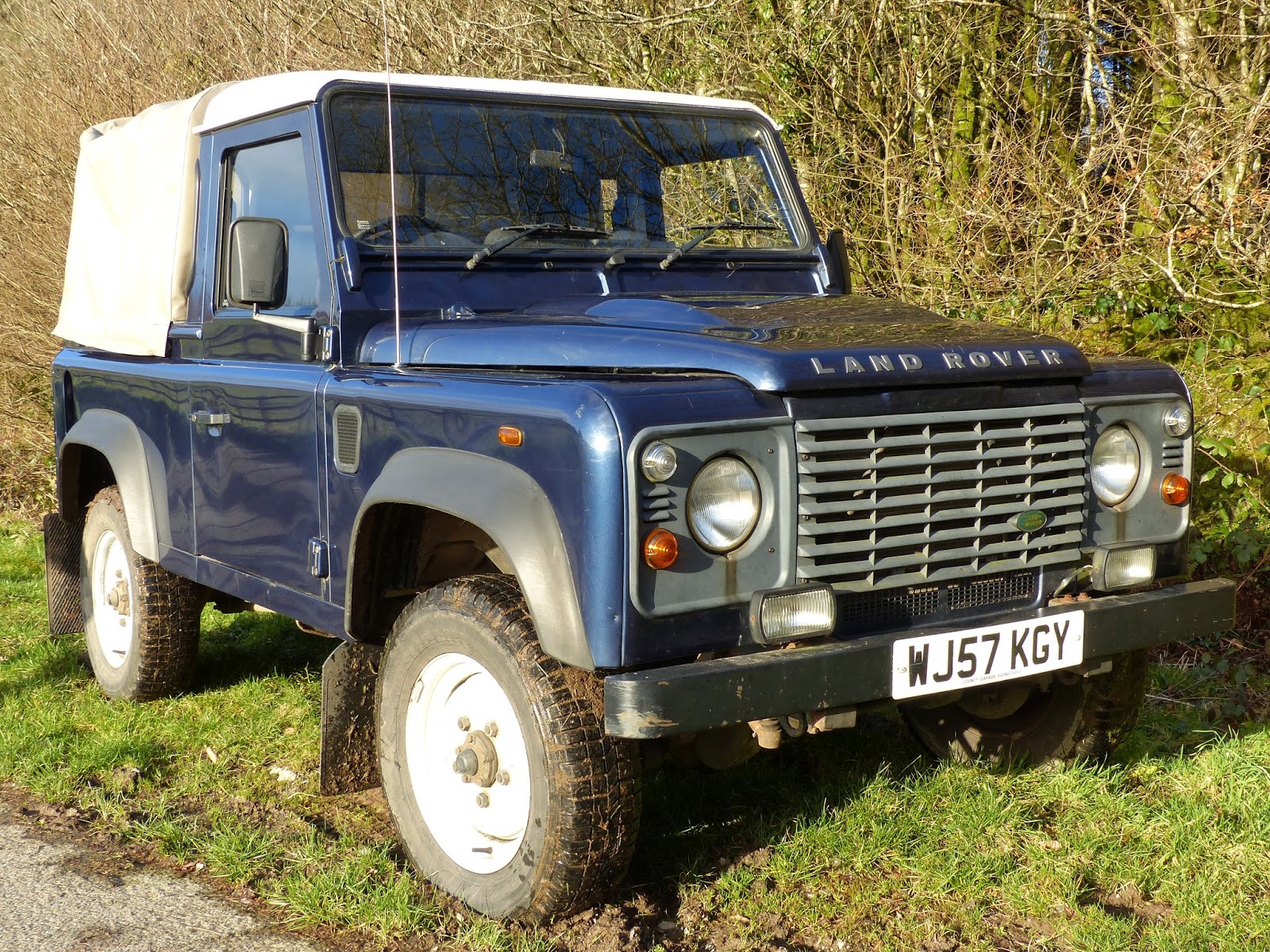Rehab is all about taking an unhealthy hoof and improving it. This is quicker and easier without a shoe on the foot and that's the main reason the horses here are barefoot - its about hoof health, pure and simple.
Bruno arrived here 12 weeks ago with weak, contracted frogs and was of course landing toe first because his palmar hoof wasn't strong enough to support him. He was just out of shoes on arrival and photos show a hoof which is compromised.
His feet today are starting to look more like functioning hooves. His palmar hoof is becoming stronger and that starts with a healthier frog and more supportive heel and digital cushion.
As you can see from this angle, the frog is much stronger, more centred in the foot and the digital cushion is developing too. Rather than the heels being long and under-run they are very slowly coming back as the palmar foot is gaining strength.
Looking at the lower photo you can see that there is a steeper angle of new growth immediately below the hairline. This is clear at the toe but the improved growth is also happening at the back of the foot. This is why the hoof pastern axis is better in the more recent photo.
Bruno's hoof looks pretty strange right now as the stronger hoof capsule is not yet at ground level. The trick with a photo like this is to project an imaginary line which continues the angle of the new growth to the ground; this gives you a clearer idea of where the new hoof capsule will be. In Bruno's case the toe will be shorter, the foot less under-run and the palmar hoof more supportive.
As with the other foot the biggest change here is to his frog. His heels and bars, which had folded over, are much stronger and his foot is beginning to develop some much-needed concavity.
Lots of other things need to happen as well, not least a shorter toe and the heels becoming less under-run, but a healthier frog is the essential first step.
This foot was nowhere near as weak as his other but there were still balance issues and its nice to see the foot becoming more evenly loaded.




























































